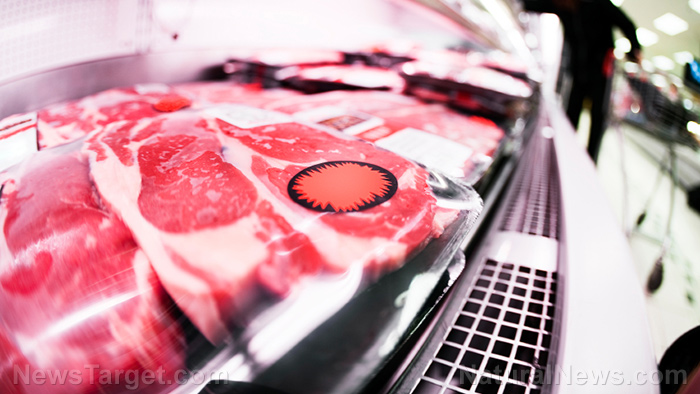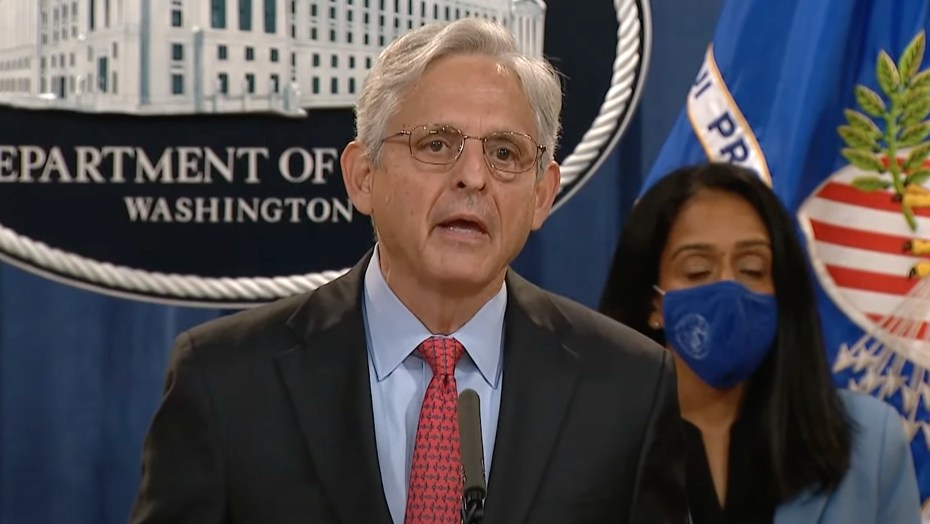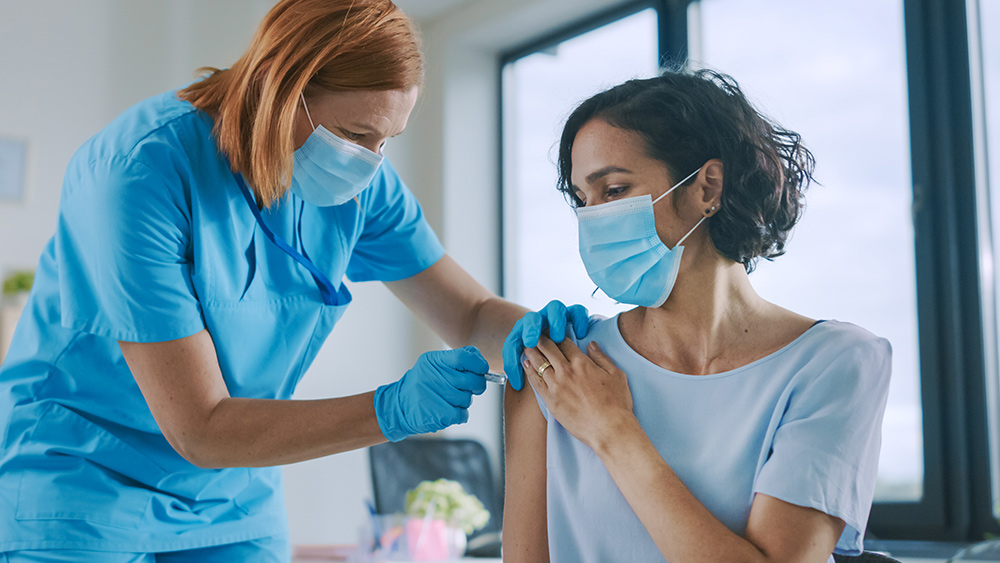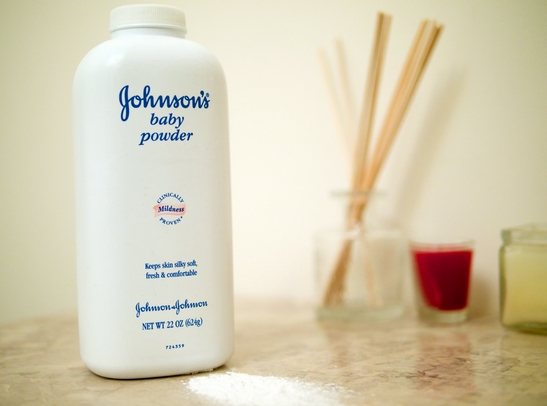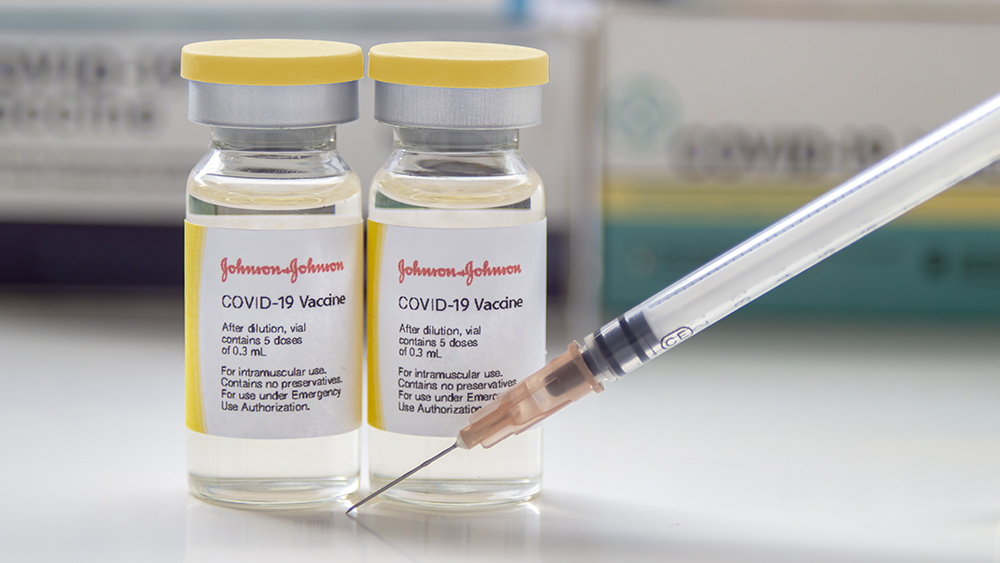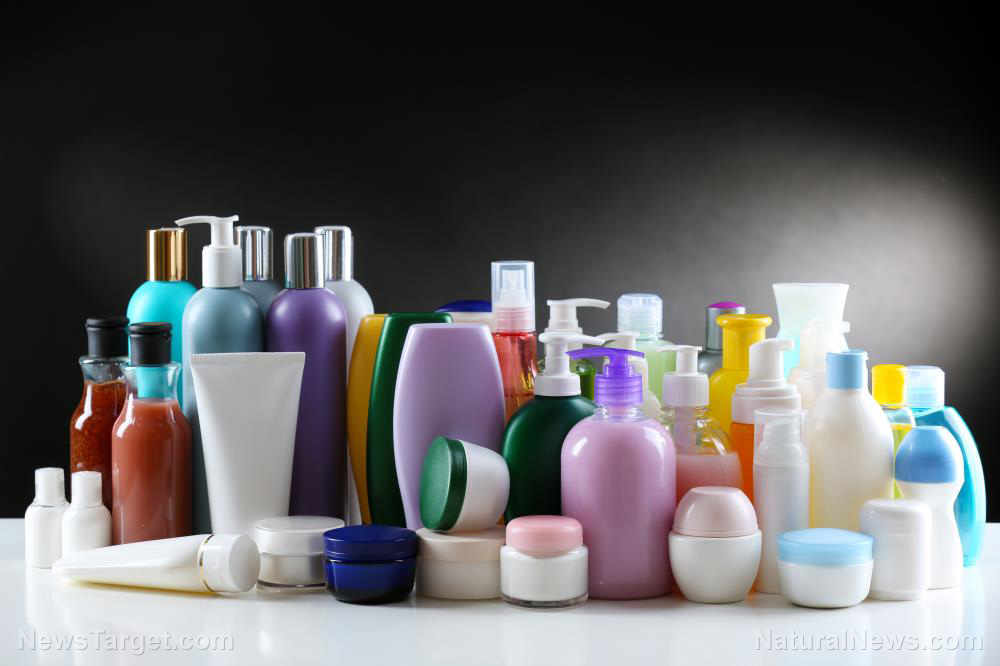
Once a fringe movement, "clean" beauty has now entered the mainstream. Major cosmetic brands have begun incorporating labels like "BPA-free" and "cruelty-free" into their packaging. Industry magazines are publishing even more articles about clean products.
The trend has emerged in tandem with consumer demands. A 2018 survey from market research firm Mintel shows 50 percent of respondents bought more natural products than they did the previous year. However, just because companies follow the trend doesn’t mean their products are completely "clean."
The label "clean" remains unclear
"Clean" is a marketing phrase that has no set definition, least of all industry regulations. To be sure, there are checks and balances in place to ensure that products like cosmetics are safe. But there are no regulations limiting the use of the term "clean."
Because of this, it’s difficult to determine what "clean" really means, so companies have taken it upon themselves to define the word and use it according to their own definition. Goop, a wellness brand owned by actress Gwyneth Paltrow, defines it as "made without ingredients shown or suspected to harm human health." Some of these ingredients include parabens, phthalates, chemical sunscreens, synthetic fragrances, BHT and BHA.
The Clean Beauty Box also defines it roughly the same way: "To us, Clean Beauty is defined by products that are mindfully created and produced without any proven or suspected toxic ingredients."
It sounds simple enough, but the term is very broad and often leads to confusion. "Within ‘clean beauty’ there are many, many different elements," said Sarah Meadows, head buyer for the beauty chain Space NK. It can be about sustainability, green living, conscious living – any of those would make you a clean brand. (Related: Contaminated vs. CLEAN products: Health Ranger reveals what you need to know about the supplements industry.)
"It can be fairly confusing for the customer," Meadows added.
Additionally, lists of toxic ingredients are not by any means exhaustive. Cosmetics brand Beautycounter's Never List, a for-sale catalog of 1,500 potentially harmful chemicals deemed unsafe by the company, does not include questionable ingredients like talc and palm oil.
Talc, a common ingredient used in makeup and baby powder, has been linked to cancer. It occurs with cancer-causing asbestos in the environment, and mass mining or incomplete testing can lead to asbestos contamination in talc. Meanwhile, the production of palm oil for cosmetics is contributing to the deforestation of palm forests.
"Just because a product is organic, natural or green, it doesn't mean it's non-toxic," said Rajni Ohri of Ohria Ayurveda, an India-based luxury beauty and wellness brand.
Toxic beauty product controversies
Many beauty brands have been embroiled in controversies due to their use of toxic ingredients. Teen retail company Claire’s, for instance, had three product scandals centered around the presence of asbestos fibers in its makeup products in the past two years.
The company denied the allegations, claiming that all their powder-based cosmetics use certified asbestos-free talc, which is the same talc used in other well-known cosmetics brands. But the Food and Drug Administration later found asbestos in many of its products.
Johnson & Johnson also found itself in hot water over the last several years for its asbestos-contaminated products. According to legal filings submitted to the Securities and Exchange Commission, the company faces more than 15,000 lawsuits alleging that its talc products caused ovarian cancer. Evidence shows that J&J was aware that their talc contained asbestos for years. Thus far, court verdicts were ruled in favor of the plaintiffs.
Given this history of corporate lies, it can be hard to distinguish clean products from those that are merely purported to be "clean." This is compounded by the nebulous definition of the term and the fact that even natural products contain artificial chemicals.
To protect yourself, Ohri recommends checking the respective percentages of natural extracts and chemicals in a product. The Environmental Working Group's Skindeep Cosmetics Database also lists more than 75,000 products rated for safety on a scale of 0 to 10.
Watch this video to learn how to buy safe and clean products for your family.
This video is from the Alternative Health Concepts channel on Brighteon.com.
More related stories:
Toxic chemical in commercial cleaning products and bug sprays linked to arthritis.
Market for organic products continues to expand as consumers ditch unhealthy products.
Understanding health claims on cosmetics labels.
Why natural alternatives are better than conventional underarm cosmetics.
TOXIC products: Humans are the greatest pollutants of office air, reveals surprising study.
Sources include:
Please contact us for more information.









